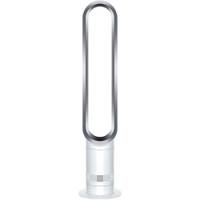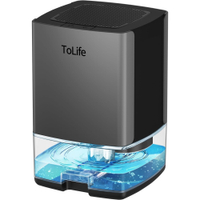How to spot signs of mildew in your home – indicators you have it and warning signs it's going to develop
Mildew removal can be reasonably simple, but that doesn't mean its presence in your home can't be damaging


Mildew is a type of fungi that starts as tiny spores and requires similar conditions as a mold to spread and grow. These similarities often make the two difficult to differentiate. However, while mildew can be harder to spot than mold, by understanding the distinguishing characteristics of mildew and the three key signs of its growth, you can effectively recognize any mildew present in your home.
Just like identifying the most common types of household mold, early detection of mildew and discovering any factors that foster its growth in your home can prevent structural damage and health issues.
With the right conditions mildew can develop in any season, so staying vigilant year-round is essential. We consulted experts on the signs of mildew in a home and warning signs it may develop. See what they said, below, so you can take action to get rid of mildew promptly.
The signs of mildew in your home
To spot mildew, it's important to know where to look. Mildew loves humidity and moisture, as well as dark, cool spaces, making basements, garages, laundry rooms, and bathrooms likely spots.
Additionally, spaces behind appliances and furniture can also be vulnerable to mildew growth, so pay close attention to walls behind them, and check enclosed spaces like under sinks, in closets, and behind wall hangings.
1. Musty odors
Are your walls or floors releasing a persistent earthy odor that reminds you of old books? The compounds, known as microbial volatile organic compounds, released by mildew may be the source of this odor.
One of the most common signs of mildew (or mold) is a musty-smelling house. So, if you notice an odd scent, particularly in areas with poor ventilation, it's a strong indicator that mildew might be present even if it's not visibly detectable.
We explore mold vs. mildew in our dedicated feature.
2. Visible growth
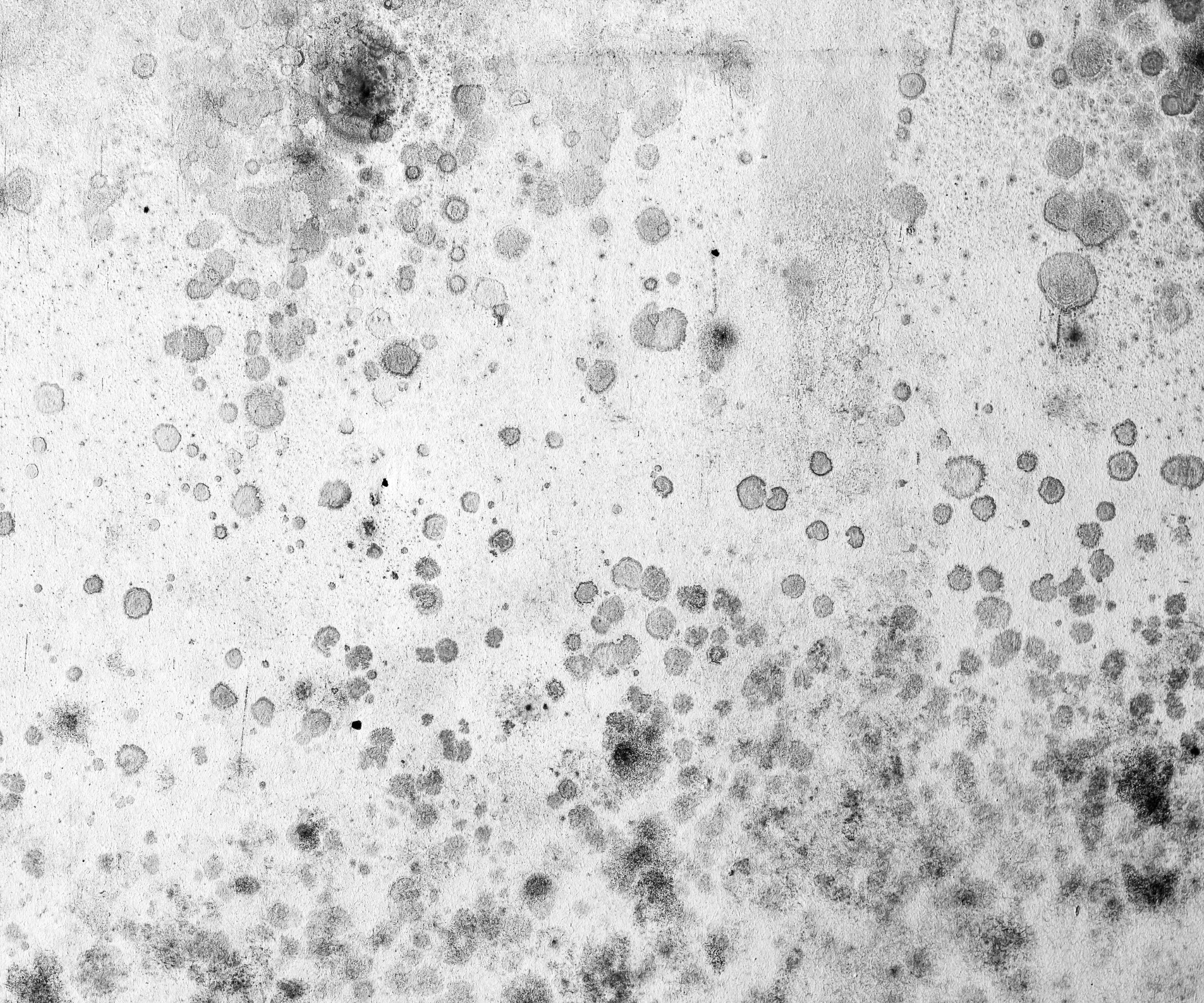
Mildew grows in white, gray, or yellow spots. It can be fluffy or powdery and tends to glow flat, remaining on the surface where it forms. While it may be easy to confuse it for dirt, mildew can grow outwards in the space of one to two days, so keep an eye on any discolored patches to see if they develop.
'While mold typically thrives in and grows on organic materials, such as clothing, leather items, and paper, mildew grows on walls and window sills in addition to these organic materials,' says Jenni Archibald, owner of My Mold Masters. 'You're likely to spot it in places with lots of moisture, such as wet basements, bathrooms, window frames, fridge seals, window sills, and around air conditioners.'
3. Health symptoms
If you find yourself sniffling, sneezing, coughing, or blowing your nose without an obvious cause, it may be time for a comprehensive inspection of the house.
Mycotoxin, a toxic material released by some species of mold, can cause or worsen health issues, particularly respiratory problems, throat irritation, nasal stuffiness, coughing, and skin irritation. This may be especially noticeable for those with asthma or allergies.
Some common symptoms to be aware of include:
- Nasal and sinus congestion
- Irritated eyes, redness, and watering
- Difficulty breathing, wheezing
- Persistent cough
- Throat irritation
- Skin rash or irritation
- Headaches
Warning signs mildew is going to develop
The below factors create the ideal environment to foster mildew and mold growth, and if left unchecked, it's likely the signs of mildew are not far behind.
High humidity
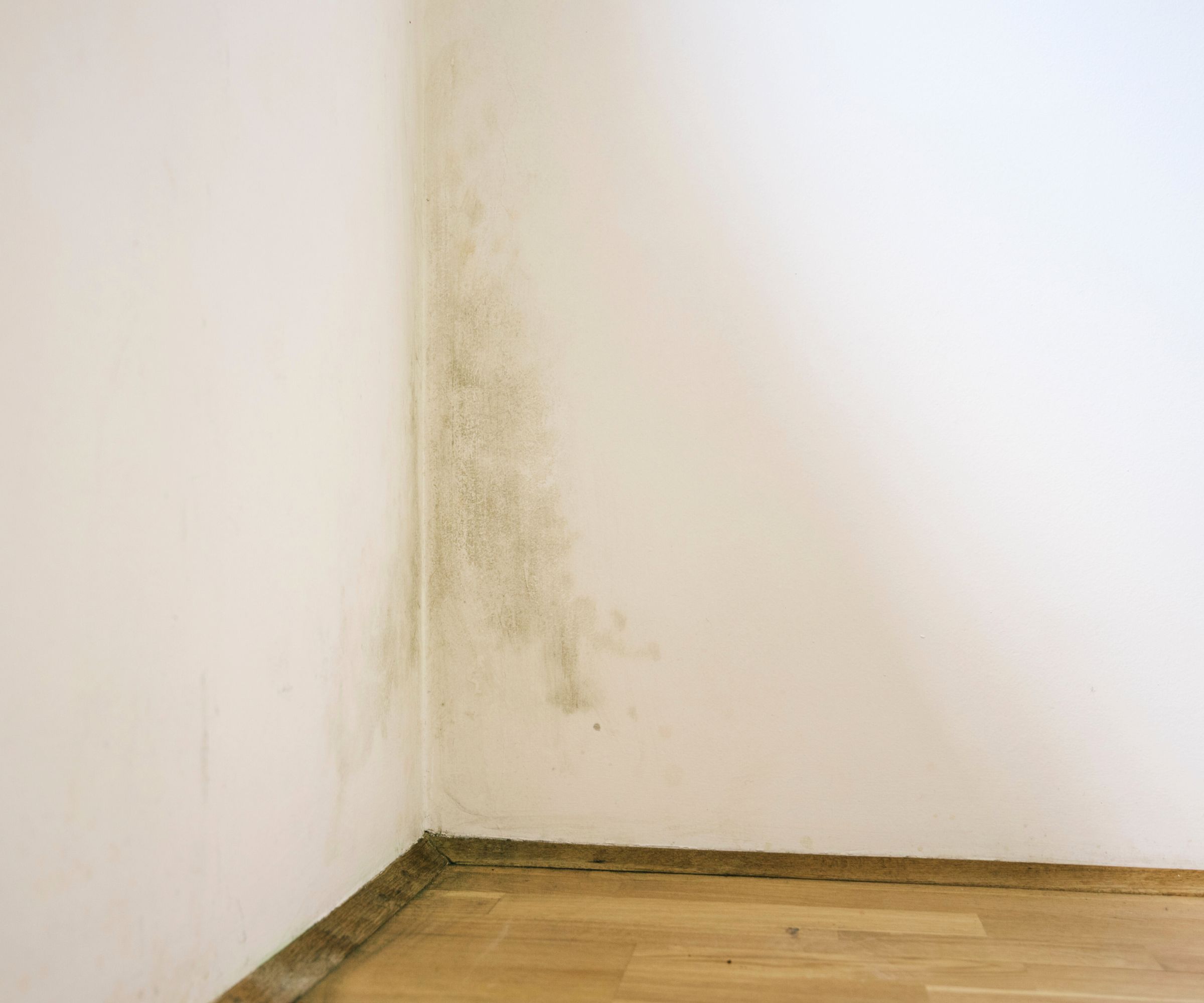
High humidity (60% and over) is a strong precursor to mildew growth. When the air in your home is excessively and consistently moist, it creates a hospitable environment for mold and mildew to establish and spread.
'In spaces with poor ventilation, such as windowless bathrooms, basements, or even kitchens, humidity levels are likely to remain high, leaving condensation on the surfaces,' explains Jenni Archibald. 'This moisture can then seep into walls, ceilings, and floors, creating the perfect breeding ground for mildew.'
High humidity can also make it difficult for existing moisture in the air to evaporate, for example after showing or cooking. The lingering steam will keep surfaces wet, accelerating mildew growth.
Maintaining the best indoor humidity levels (between 30-50%) with dehumidifiers and proper ventilation practices, and regularly checking and controlling humidity with hygrometers, such as these two mini hygrometers, from Amazon will reduce the risk of mildew.
Dyson Air Multiplier AM07 Tower Fan | $353.33 on Amazon
Dehumidifier with Auto-Off | Was $49.99, now $45.99 on Amazon
Moisture problems
Mildew growth is more likely if you recently had water leaks, flooding, or other moisture-related problems and the area wasn't properly dried out and treated immediately after. Indicators of excessive moisture in your home should be closely observed and tackled to prevent mildew growth.
For example, peeling paint, bubbling wallpaper, or any surface irregularities can be signs of moisture and potential mildew growth behind them. 'Moisture, which is a common indicator of mold, is one of the most frequent causes of paint bubbling and deformed wallpaper,' says Andy Roe, CEO of Roe Paint. 'If your walls seem distorted, find the moisture source (such as a nearby leaky windowsill) and address the issue before mildew develops further.'
Other moisture issues that encourage mildew growth include:
- Leaky roofs
- Plumbing leaks
- Issues with outdoor drainage
- Damp basements or crawl spaces
- Steam from the bathroom or kitchen
- Poorly insulated windows
- Condensation on cold surfaces
- Excessive use of humidifiers
- Drying wet clothes indoors
- Venting a clothes dryer inside
- Inadequate ventilation with heating and cooking appliances
Mildew needs moist, humid, or damp environments to germinate and grow, making it essential to take preventive measures to avoid these conditions in your home.
To effectively manage and prevent mildew, it's important to ensure good air circulation and control humidity levels within your home.
Use dehumidifiers in damp areas and fans and exhaust fans in bathrooms, kitchens, and laundry areas. Regular HVAC maintenance is crucial to clean air ducts and ensure they function correctly to circulate and filter air efficiently.
Promptly repair plumbing leaks or water issues to prevent mildew growth and inspect roofs and windows for leaks that may take time to be noticeable.
Finally, regular cleaning and maintenance of areas prone to dampness can prevent mildew. If mildew is identified, it is typically cleanable with non-toxic solutions like vinegar before considering professional intervention.
Sign up to the Homes & Gardens newsletter
Design expertise in your inbox – from inspiring decorating ideas and beautiful celebrity homes to practical gardening advice and shopping round-ups.

Lola Houlton is a news writer for Homes & Gardens. She has been writing content for Future PLC for the past six years, in particular Homes & Gardens, Real Homes and GardeningEtc. She writes on a broad range of subjects, including practical household advice, recipe articles, and product reviews, working closely with experts in their fields to cover everything from heating to home organization through to house plants. Lola is a graduate, who completed her degree in Psychology at the University of Sussex. She has also spent some time working at the BBC.
-
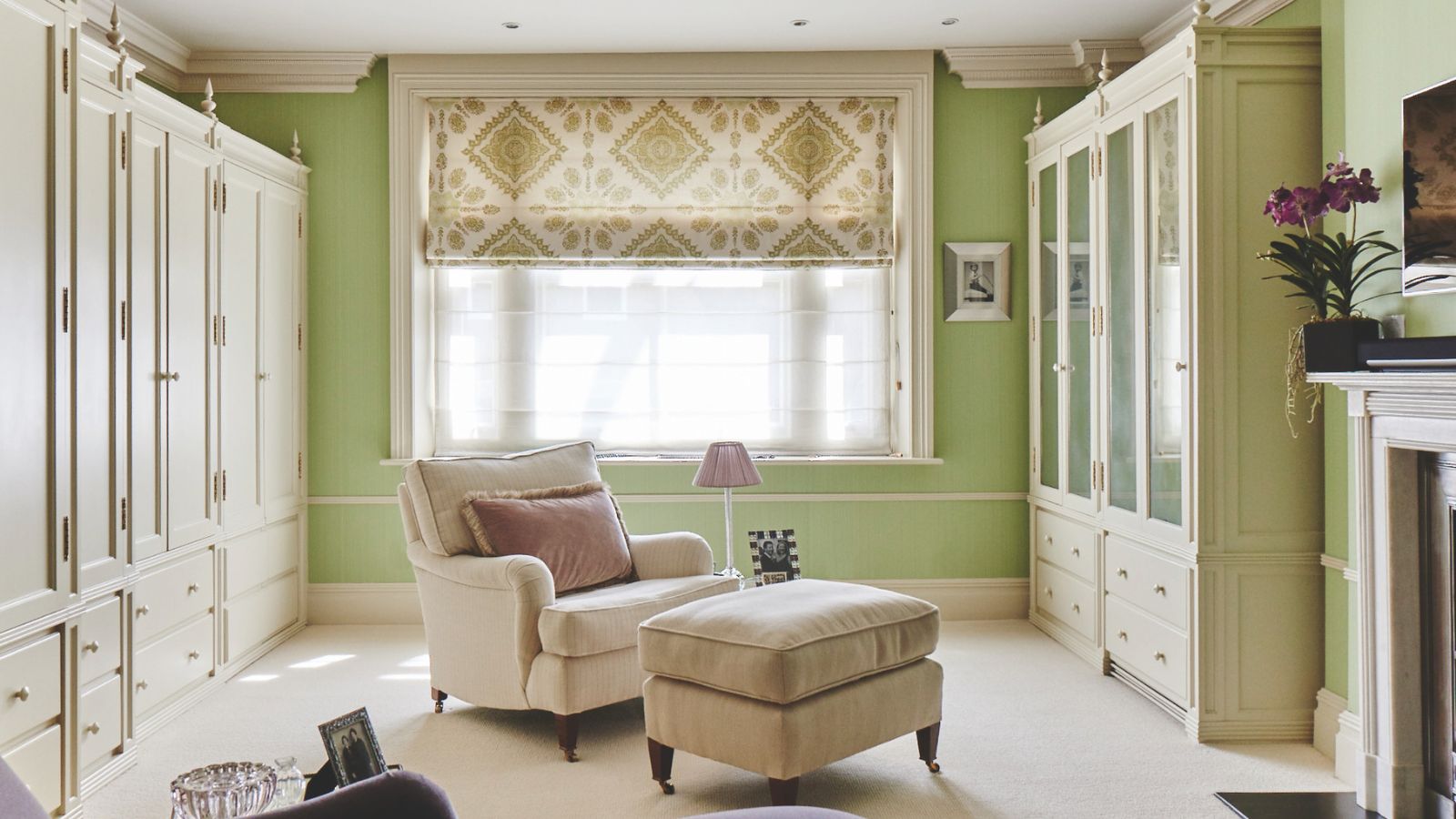 7 expert-approved painting hacks to minimize clean up – to make an already exhausting task easier
7 expert-approved painting hacks to minimize clean up – to make an already exhausting task easierAvoid a backbreaking clean-up after your next painting project with advice from the professionals
By Chiana Dickson
-
 Gwyneth Paltrow's quiet luxury kitchen is so beautiful, we almost overlooked her ultra-smart cabinets – they make the use of 'every inch' of storage space
Gwyneth Paltrow's quiet luxury kitchen is so beautiful, we almost overlooked her ultra-smart cabinets – they make the use of 'every inch' of storage spaceThe Goop founder makes use of dead space in her kitchen with customized cabinetry that reaches to the ceiling, providing ample storage
By Hannah Ziegler
